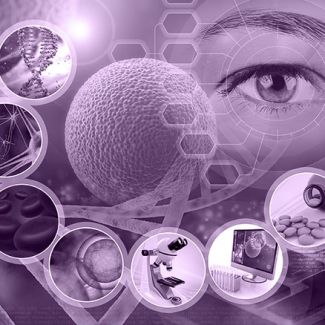15h00
Soutenance de thèse de ARTHUR PETEL
Intégration et pondération des informations sensorielles dans la maladie de Parkinson : influence dans la cinétose et la prise en charge par activité physique en milieu aquatique.
Integration and ponderation of sensory inputs in Parkinson's Disease : Influence in Motion Sickness and care with physical activity in aquatic environment
Jury
Directeur de these - PERRIN - Philippe - Université de LorraineRapporteur - QUARCK - Gaëlle - Université de Caen-Normandie
Rapporteur - VIBERT - Dominique - Inselspital, CHU de Berne
CoDirecteur de these - PAYSANT - Jean - Institut Régional de Réadaptation
Examinateur - GARGIULO - Paolo - Université de Reykjavik
Examinateur - PETERSEN - Hannes - Iceland University
Examinateur - PAILLARD - Thierry - Université de Pau et des pays de l'Adour
Examinateur - RUMEAU - Cécile - Université de Lorraine
école doctorale
BioSE - Biologie Santé Environnement
Laboratoire
DevAH - Développement, Adaptation et HandicapMention de diplôme
Sciences de la Vie et de la Santé - BioSE
Salle des thèses
Campus Brabois Santé
Faculté d'Odontologie de Lorraine
7 avenue de la Forêt de Haye - BP 20199
54505 Vandoeuvre les Nancy Cedex




